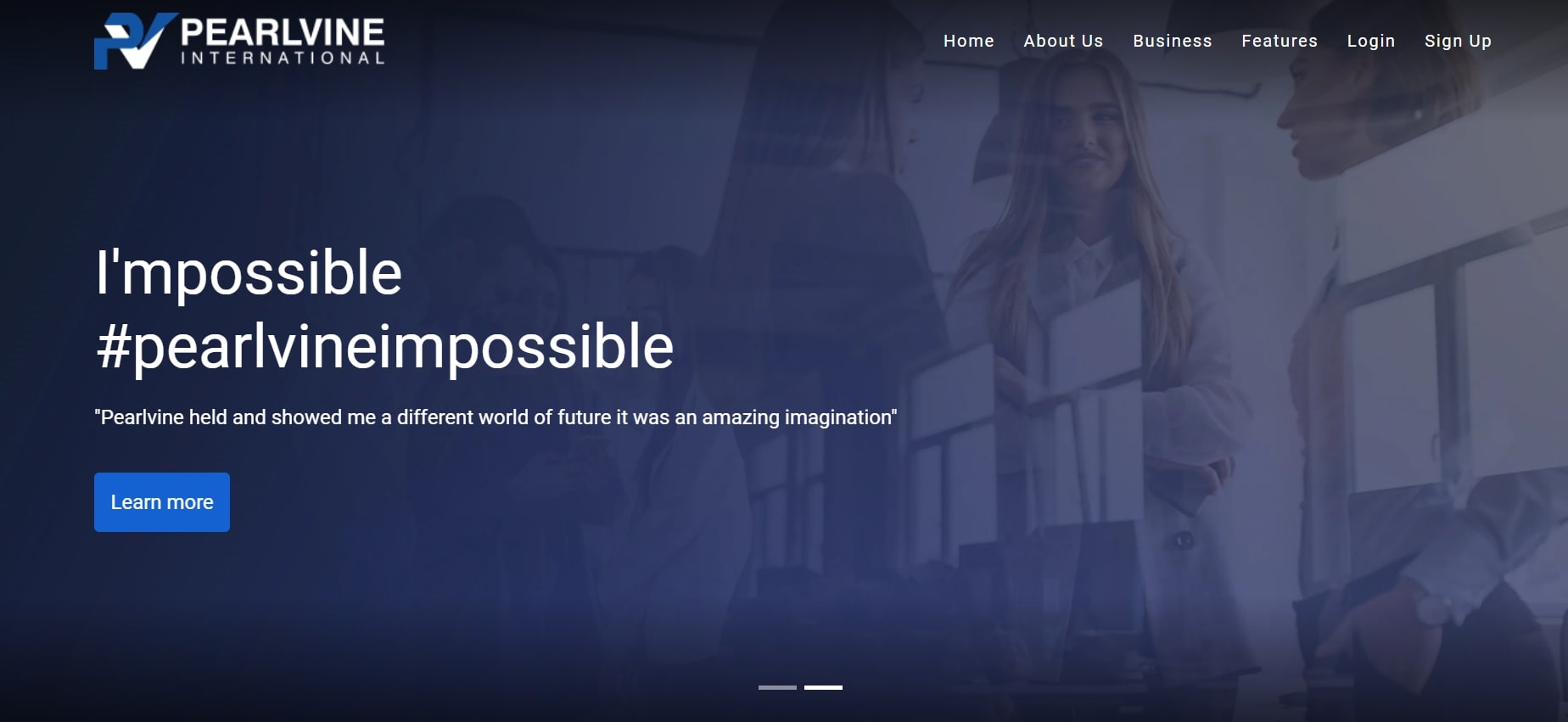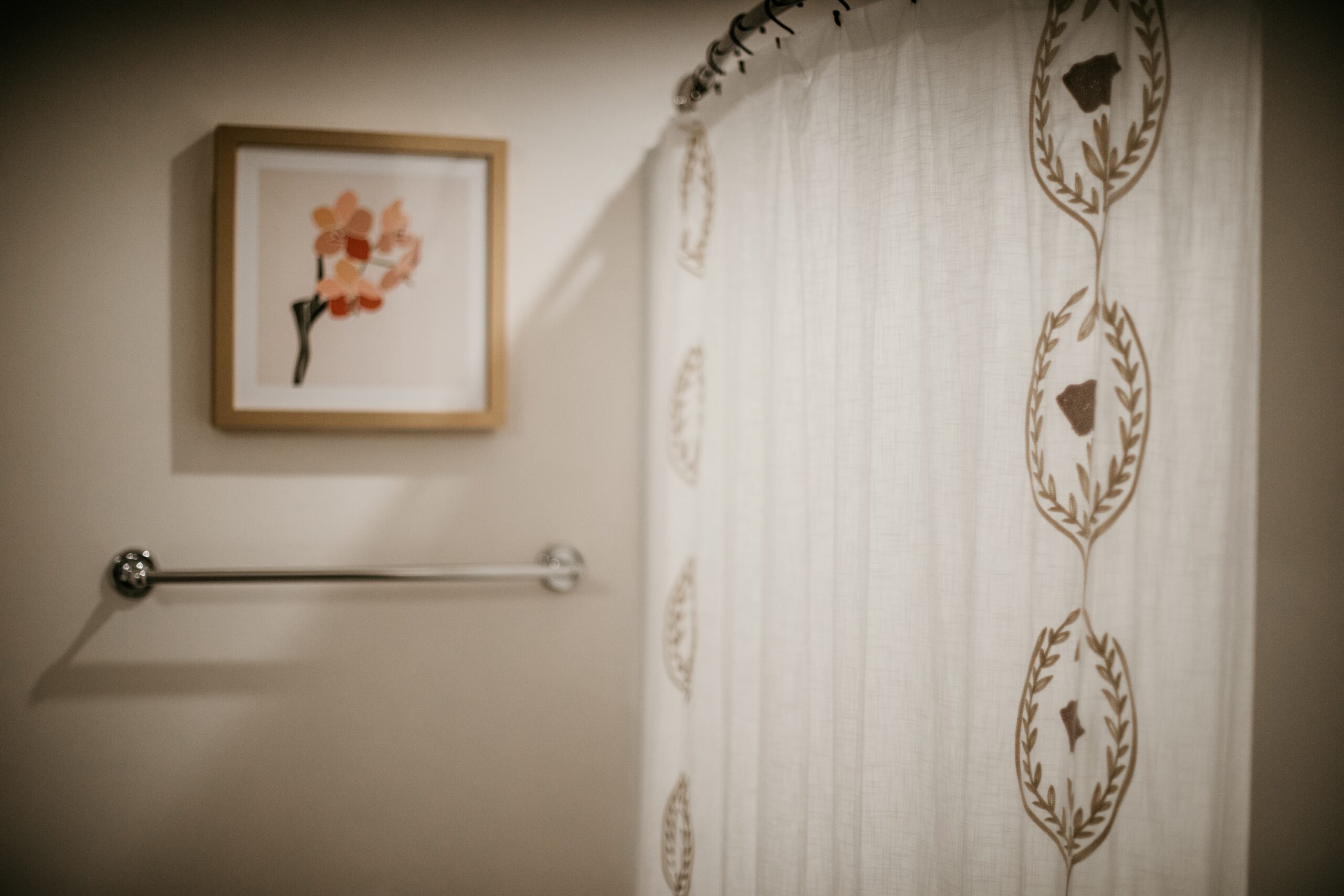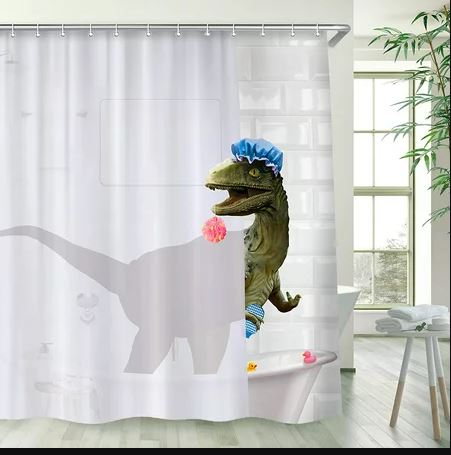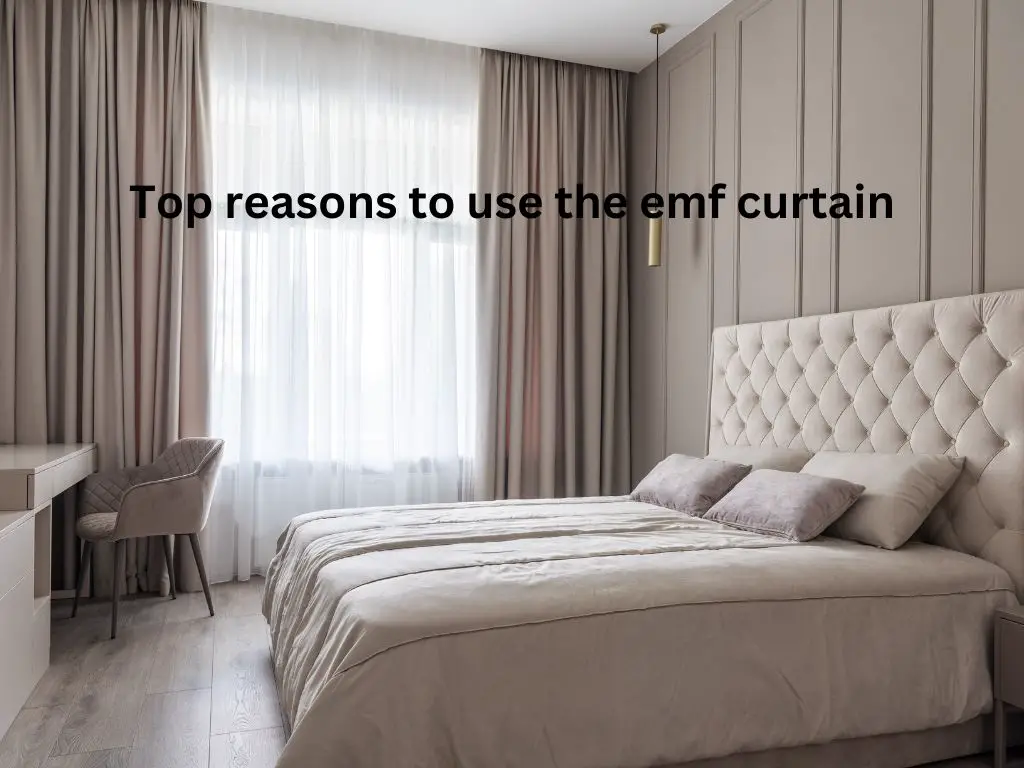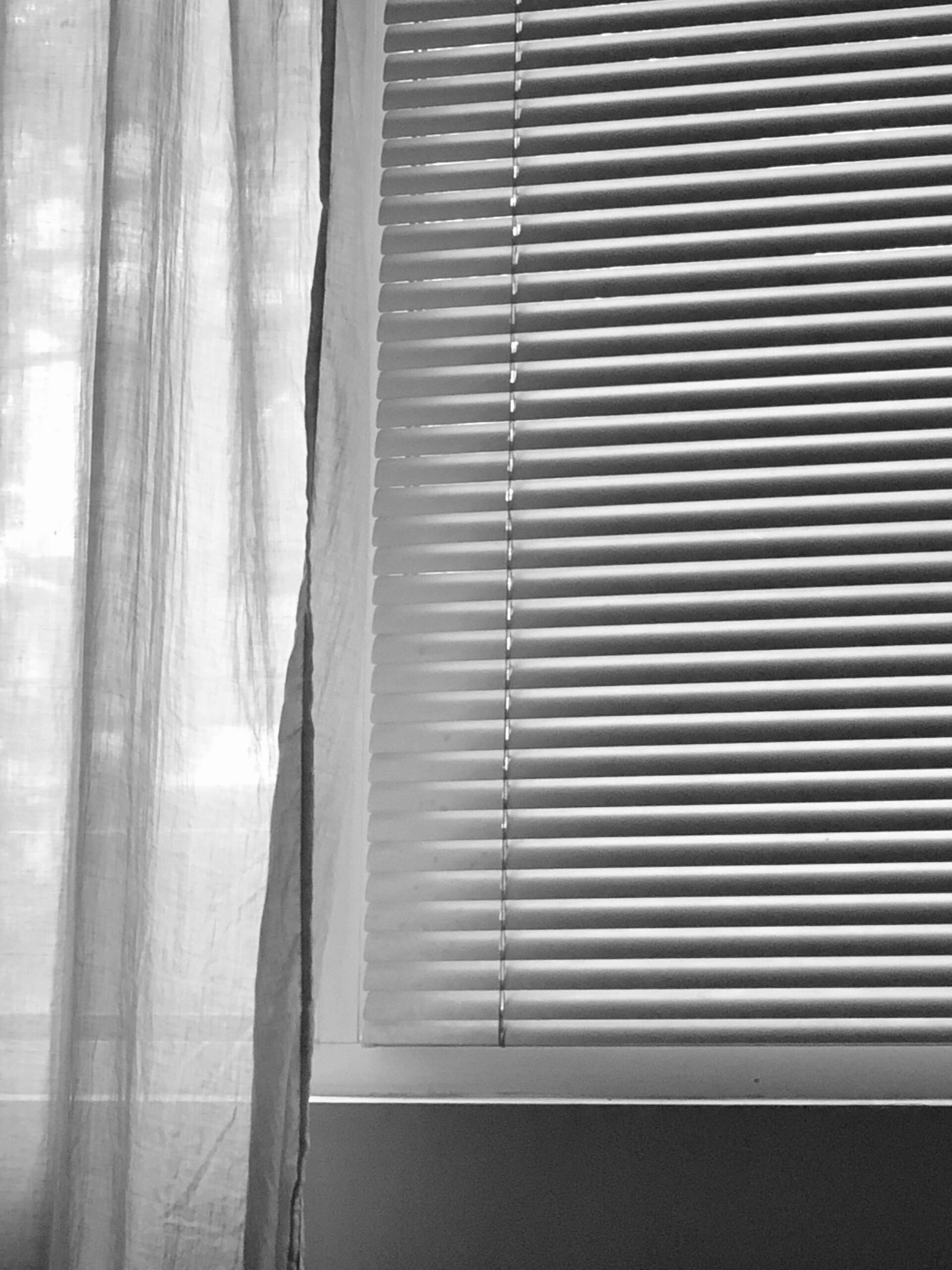A lead curtain is a type of protective shielding made from lead that is used in a variety of applications. From medical imaging to industrial x-ray equipment, lead curtains offer a range of benefits that make them a popular choice for radiation protection. There are also many other uses of these curtains. They are good against heat, water, dust, and other environmental factors. In this blog post, we will discuss the various benefits of lead curtains and why they are essential in certain industries.
Radiation protection
One of the primary benefits of lead curtains is that they provide excellent radiation protection. Radiation is a significant health hazard in many industries, and exposure to it can lead to severe health problems. They are made from a dense material that effectively blocks radiation, making them an ideal choice for shielding against it.
Lead curtains are versatile
They are incredibly versatile and can be used in various applications. They are commonly used in medical facilities, industrial settings, and even in nuclear power plants. This versatility makes them a popular choice for shielding against radiation in a range of environments.
Also Read: Types of elevator doors
We can easily customize a lead curtain
Another significant benefit is that they can be customized to meet the specific needs of each application. They are available in a variety of sizes and thicknesses, and they can be designed to fit around irregularly shaped objects. This customizability allows them to provide excellent protection in areas where other types of shielding may not be suitable.
Lead curtain and daily life
Lead curtains can have various uses in daily life, such as in medical facilities, research labs, and even in households.
- In medical facilities, lead curtains are used to shield patients and medical professionals from harmful radiation during procedures such as X-rays, CT scans, and mammograms. They can also be used in dental clinics, veterinary clinics, and other healthcare settings.
- In research labs, lead curtains are used to protect researchers and their equipment from radiation emitted by radioactive materials. They are also used in nuclear power plants and other industries that use radioactive materials.
- They can also be used in households as a form of radiation protection. For example, people who live in areas with high levels of background radiation can use lead curtains to shield themselves and their families from harmful radiation.
They are made of good quality material
They are typically made by sandwiching lead between layers of other materials such as nylon or vinyl. The quality of the curtain will depend on the quality of these materials and how well they are bonded together. Durability of the lead curtain is also an important factor. It should be able to withstand frequent use without degrading or deteriorating. It should also be resistant to wear and tear, as well as exposure to moisture, heat, and other environmental factors.
How to check quality of a lead curtain?
The quality of a lead curtain is determined by several factors such as its thickness, composition, and durability. The thickness is an important factor as it determines the amount of radiation that the curtain can block. They are more effective at blocking radiation and therefore offer better protection. Overall, the quality of a lead curtain is crucial in ensuring effective radiation protection. It is important to choose a high-quality curtain that meets safety standards and is suitable for the intended use.
Final words
In summary, lead curtains are important in daily life as they provide a means of protecting individuals and equipment from harmful radiation in various settings, such as medical facilities, research labs, and households. Therefore, many professionals prefer to use a lead curtain due to its many benefits.







